Before we had supermarkets and pharmacies, our ancestors looked to nature to provide for their needs.
Unfortunately, with the rise of industrialization, much of our knowledge of the natural world has been lost. Exploring traditional knowledge is a great way to prepare for when SHTF.
We often forget how many uses one plant can have. If you want a reminder of the versatility of plants, look no further than the common cattail.
When I was young my mother kept dried cattails in a vase by the door. I would love to stroke the soft seed pods as I walked through the door.
But I thought no more of the plant than its purely ornamental purpose. As I studied more about how to live off the land my respect for this humble grass grew.
Cattail is a true cornucopia, providing us with food in all four seasons, medicine for numerous ailments, materials to make clothing and shelter, and can provide abundant materials for crafts and construction.
Check out these fifty+ different ways you can use this plant from root to seed.
Survival Food
One of the amazing things about cattails is that all parts of the plant are edible and it provides food in all four seasons.
Related: Delicious Recipes Using Cattails – “The Supermarket of the Swamp”
Here are some ways in which you can use cattails as a survival food:
1. Eat the corms in spring
Cattails grow from a rhizome, a root-like protrusion below the ground. In spring, these rhizomes grow corms, like small shoots. You can harvest the shoots when they are 4- 16 inches long. Enjoy them raw or cooked.
2. Cossack asparagus
As the cattails begin to mature the outer portion of the stalks will become tough and woody. Peel the woody outer layer to reveal the tender heart, an asparagus-like stalk.
This was once very popular in Russia earning it the name Cossack asparagus. Steam them and serve them as you would asparagus.
3. Eat the young seed pods like corn
As spring turns to summer the male and female flowers will appear. If you look closely towards the center of the plant you will find these cylindrical pods. About 8-12 inches they are enclosed in papery leaves.
These can be harvested, the leaves peeled back like corn to reveal both the male and female flowers. These can be boiled and eaten like corn.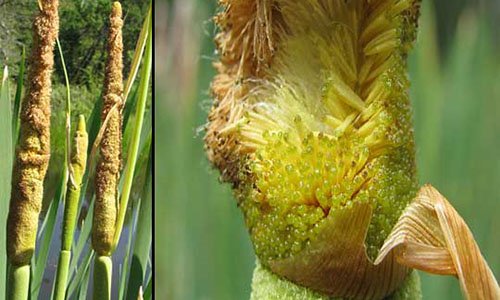
4. Use the rhizome to make a sweet syrup
It’s also possible to process the rhizome into a sweet syrup to flavor cakes and other treats.
5. Eat the rhizomes like potatoes
However, if you don’t want to process them, the rhizomes can also be eaten like a potato, boiled, or roasted.
6. Use the rhizome to make flour
If you soak the rhizomes in water the starch will separate from the fibers. Remove the fibers from the floury slurry and leave the slurry someplace warm like near a fire to remove the water. The remaining dry starch can be used as flour.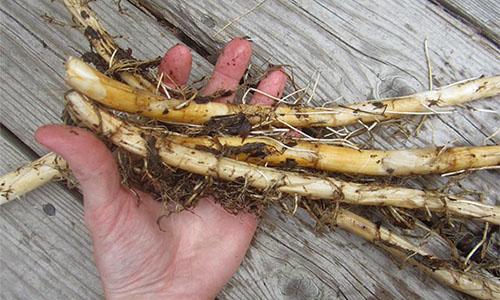
7. Make bread
Just like wheat cattail flour contains gluten. You can use cattail flour to make a risen, yeast bread.
8. Pollen as a flour
When the plants flower in late summer the male flowers produce lots of pollen. You can collect the pollen to use as flour to make pancakes.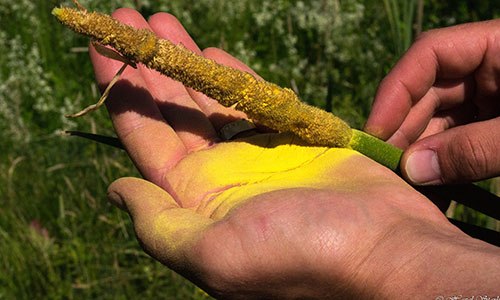
9. Pollen as a thickener
Collect the pollen from the male flowers and use it to thicken sauces, like corn starch.
10. Add seeds to soup
Pick the seeds from the fluff in the fall. Roast them and add them to soup.
Because of its many uses cattail is a great survival food to know.
Medicinal Uses
But cattails are just as amazing medicinally as well. When you are harvesting them don’t let any part of the plant go to waste. There are uses for every single part of this plant.
In fact, cattails were so important to Native American tribes they feature prominently in many cultures myths and legends.
Related: 23 Medicinal Plants the Native Americans Used on a Daily Basis
11. Poultice
A poultice can be made by mashing the roots. It is great for healing wounds.
12. Make toothpaste
Dental health is always important. Using mashed-up cattail roots to brush will help protect your teeth.
13. Antiseptic
Burn the leaves but collect the ash. It can be used to clean cuts, scrapes, and wounds to prevent infection because of its antiseptic properties.
14. A skin wash
Skin irritations, insect bites, and rashes can be treated with a wash made from boiling the leaves.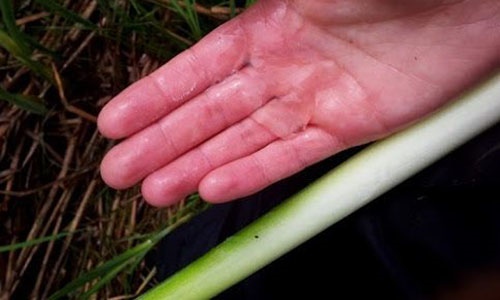
15. Fever reducer
The roots and stems can be brewed into a tea to reduce fever
16. A diuretic
Use the roots and stems to make a tea to increase urination.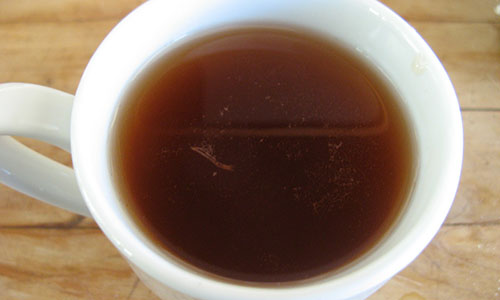
17. Treat dysentery
The roots and stems can be used as an effective treatment for dysentery, as well.
18. Coagulant
The jelly found between the young leaves works as a coagulant helping blood to clot.
19. Treatment for urinary problems
The pollen is particularly beneficial. It can be collected and used as a treatment for bladder and urinary complaints.
20. Stress reliever
The pollen can be also used to reduce stress and help treat heart-related problems.
21. Treatment for abdominal pain
You can use pollen to treat stomach aches. The plant in general is high in fiber so it helps to treat abdominal pain.
22. Aids digestions
Cattails are high in fiber. Eating them can help aid your digestion, as well.
23. Use the jelly for wounds
The cattail jelly, a mucilaginous slime found between the young leaves is great to treat wounds as it is antiseptic.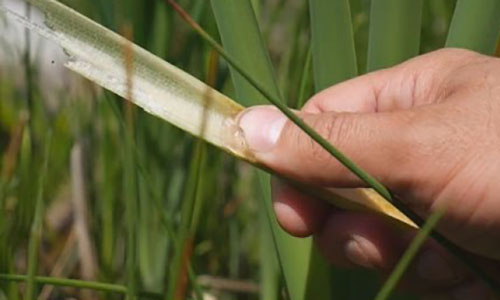
24. Good for toothaches
It also has numbing properties that make it an effective treatment for toothaches.
25. Treat diaper rash
The fuzz from the flowers is good for soothing diaper rash.
26. Treat skin irritations
The fuzz from the flowers can be also rubbed to help treat rashes.
27. Relieve insect bites
Use the jelly to rub on insect bites to help relieve the itching.
Because of its numerous uses, cattail is an essential part of any survivalist’s natural first aid kit.
Crafts and Construction
If that isn’t enough, cattail can be used in arts and crafts, construction, and a myriad of other ways. The ways you can use it are only limited by imagination.
Here are some other traditional uses for cattails.
28. Chairs
One of the oldest and most common uses for cattails is making chairs. These are made from dry leaves.
To dry your leaves, separate them and lay them on some kind of drying rack. The drying rack can be made of screening and should be elevated to allow for good airflow.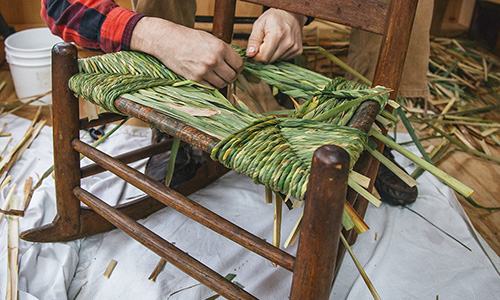
29. Dolls
In addition to chairs, there are many other things that can be made out of cattail leaves. The dry leaves can be used to create dolls and other toys.
30. Make a door
When it’s cold you want to keep out the wind. You can weave a door out of dry leaves.
31. Duck decoys
The dry leaves can be shaped into ducks. These can be used as floating decoys for duck hunting.
32. Make floor mats
The dry leaves can be woven into floor mats to keep you dry and keep out the cold weather.
33. Create wigwam structures
The dry leaves can be also woven to create walls for wigwams and lean-tos.
34. Baskets
By creating cordage from the cattails, you can easily make baskets. The dry leaves can be woven into baskets of all shapes and sizes, as well.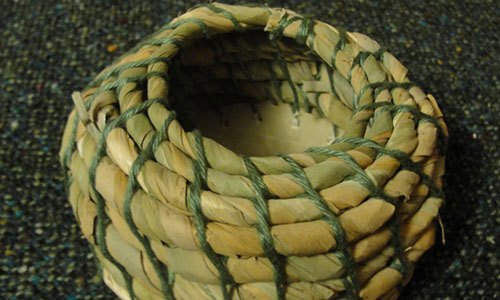
35. Hats
It’s always good to keep the sun off your head in summer. You can weave a hat out of the dry leaves.
36. Woven bags
Who doesn’t need an extra bag to carry things? You can weave one from cattails.
37. Cordage
A rope is something you should always have on hand. You can make rope from the cattail fibers.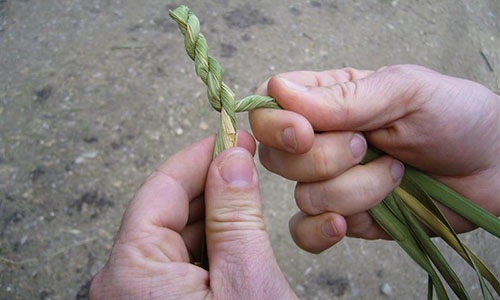
Related: Making Cordage From A Plastic Bottle
38. Beds
Weave the dry cattail leaves into a bed so that you aren’t sleeping on the floor.
39. Stuffing for pillows
Use the fuzz from the flowers to stuff into pillows.
40. Insulation for clothing
But it has more beneficial uses than just comfort. The fuzz from the flowers can be sandwiched between two layers to serves as an insulative layer, like down, for cold weather clothes.
41. In diapers
The fuzz from the flowers can be stuffed in diapers or it can be used to absorb liquids.
42. Blood pads
Use the absorbent fluff as an absorbent layer for blood.
43. Insulation in shoes
Keep your feet extra warm by adding cattail fuzz in your shoes as insulation.
44. Arrow shafts
The dry stalks make great straight arrow shafts.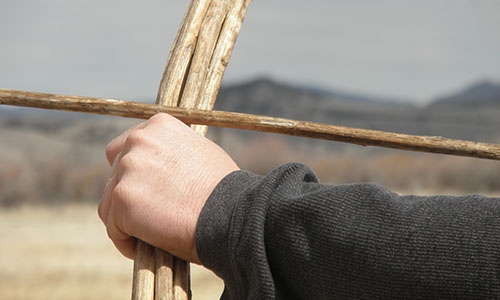
45. Hand drills
The dry stalks can be spun and act like a drill.
46. Tinder for fire starting
The fuzz from the flowers makes a great tinder to start fires.
47. Torches
Just dip the brown seed head in wax or oil to use them as a torch.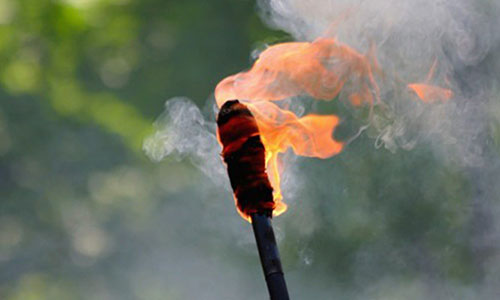
48. Paper
You can use cattails to make primitive paper.
49. Bodypaint
The pollen can be used to make a bodypaint which you can use to perfectly camouflage in the wild.
50. Flotation device
Despite its ability to absorb liquid, it creates an excellent flotation device and can be used to create life jackets.
51. Purify water
There is one final benefit from cattails that stands alone. Cattail has the ability to clean contaminated water sources. While you wouldn’t want to eat cattails from a contaminated area, they could be harvested for many other uses as demonstrated.
I hope that after reading this you will have a new appreciation for the uses that a single plant can have.
Imagine, you could live in a wigwam woven of cattail leaves, sleep on a cattail mattress made more comfortable by a pillow stuffed with cattail fuzz.
You eat cattail pancakes cooked over a fire, started with cattail fuzz while sitting in a cattail chair. Your clothes are warm with cattail insulation. Your home is bright from a cattail torch.
So many needs met. All from one common plant. So when SHTF, remember the cattail and everything you can do with it.
You may also like:
Where Free Land Can Be Found in the USA
How to Make Bark Bread from a Tree that Grows on Almost Every Street in America (Video)
The Only Things You Need To Know About Radio Prep
Disaster Preparedness – Ahead of the Curve in a World of Dependence

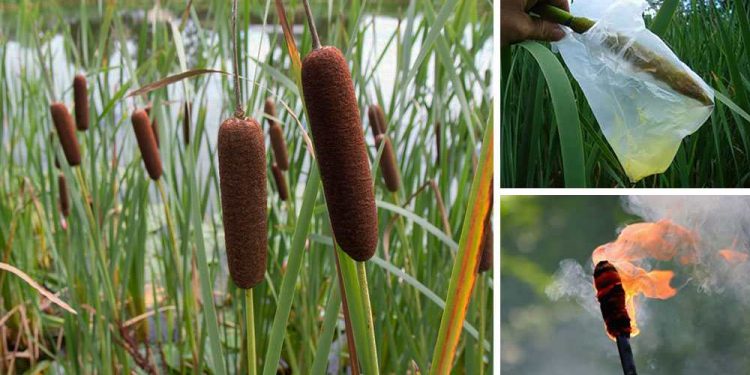














I have been told to be wary of where you get your cattails from. The roots absorb heavy metals, fertilizers etc. which is then absorbed by the plant. Make sure they are in a place that is clean and not near farms or roadways.
Cattails concentrate heavy metals and pollutants in their roots, in a survival situation everything above the root is safe to eat. Just for fun, as a hobby, do be wary where they’re growing, no reason to take a chance with your health while they’re still selling bagged salad at Wal-Mart.
Good thing about cattails if you harvest above the roots you have a constantly renewing resource. I remember as a kid wading out into the cattails early spring mornings to catch tasty spawning crappie by the dozen. There’s a heron-like bird called American Bittern that lives in the cattails, they are perfect at camouflage, cattail color and they stand straight, head back and bill straight up swaying in the wind just like the plants. Then there’s poling a camouflage John boat into the cattails before dawn with a couple camouflaged friends and a good dog to wing shoot teal in the coastal marshes
Thanks, Claude!
I knew of some uses you listed, but not all. I actually wove a seat from cat tail leaves as a demo, so I personally can attest this use!
Great job, Claude!
It’s nice to see an article that is so extensive about a plant that is so easy to find and identify and is so useful.
Among other things found in this area and attributed ro the Apachie tribe are cattail sandels with soles 1″ thick. They would hold up crossing the lava beds here where the lava zone shreds leather quickly. The Pueblo trubes that live here made a low boot moccasins with thick rawhide soles and tanned deer hide uppers. The also constructed .miles of sand paths as trade routes to other tribal groups. Walking width paths made by carrying sand and filling in a path across a long valley filled with lava. To go around approximately like the modern paved road would have been several days walk. To take the sand path it cuts it down to one and one half days walking.to the trade village. It is also said there was once a village out in the middle of the lava. But the people eventually joined with other groups and abandoned it. Since the Pueblo groups aIso were farmers it would make sence to join a group of hunter, gatherer, farmers. That made for a more secure food source.
There are water pools in the lava beds with reeds and cattails. They were one of many food sources and important water sources.
Somewhere about 1200 yearsago the scattered families of the area began to band together. There are single family stone shelters on Mesa tops and walled up cave fronts that are older. The village south of me is around 1,000 years old. The oldest part of the village has a 3 story section with 4′ high ceilings and 3′ tall doors. The rest of the village would comfortably fit almost anyone. The older folks are still a bit shorter than average but much taller than the ancestors. A testimony to the difference in diet once they worked together to specialize in building, gardeninging, domestication of wild fruits into an orchard near the village. They still lived on a mesa top for safety but hunted the higher areas around for deer, wild turkey, ate prairie dog stews, grew corn, beans, a Hubbard type of squash, chili peppers, gathered amaranth, lambsquarters, mallows, and more. There are bushes found near every ruin that were thorny and produced an edibIe berry. It appears to have been part of early cultivation. On the mountain I n they gathered b I ack raspberries, rose hips and more. Cattails were an important source of food and materials.
My grandmother said her people were a hunter gatherer society. They also made extensive use of cattails but were never to use so much it endangered the plants of an area. They moved in seasonal cycles. Always returning to certain areas for certain things they needed. She taught my dad to make woven mats. They were cushiony and less cold than the floor to step out of bed on. They had used them for babies beds or old people seats in their teepees.
Good article.
No, it doesn’t. I’m severely gluten intolerant and we always used the roots. I checked science reports. No gluten! niio
http://magicalchildhood.com/life/2019/01/27/cattail-starch-contain-gluten/
Such a great multi-functional plant